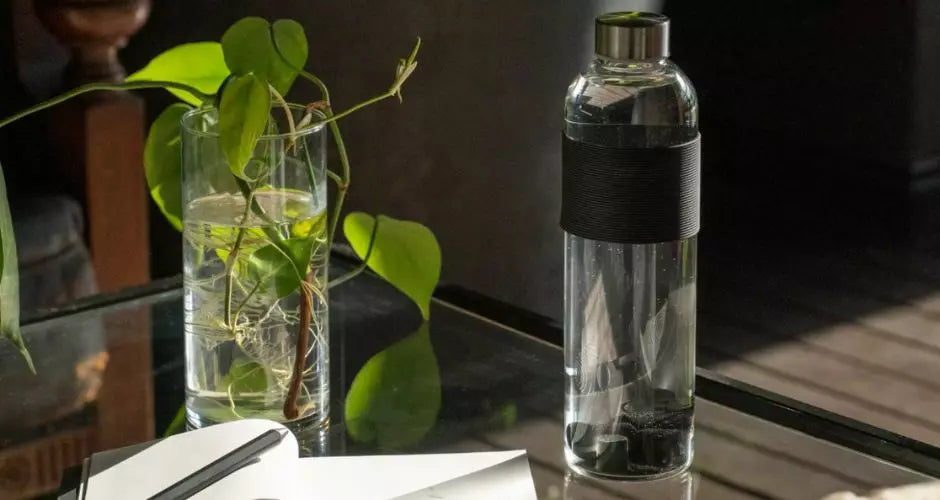What is the big fuss about diatomaceous earth?
It’s a story that goes back some 20 million years or more, to the Miocene Epoch...
Back then, the Sea of Japan was a landlocked body of water. Fed by thermal springs created by volcanic activity, it was an environment ripe for growth of diatoms, a major group of single-celled planktonic algae. When an explosive bloom of them depleted nutrients in the water and blocked out the sunlight needed for photosynthesis, diatoms started to die off, their remains sinking to the seabed. Those deposits then fed a new generation, which led to another bloom, and so on. As theory has it, this oft-repeated cycle of planktonic boom and bust is what formed the massive strata of diatomaceous earth—also known as diatomite—now found in the area.
Consisting almost entirely of silica, these sedimentary deposits are characterized by their low density and high porosity. Diatomite's excellent absorbency and insulating properties make it an ideal material for filters, heat-resistant bricks, and grills, such as our in-demand Konro Hand-Made Hibachi Grills.




